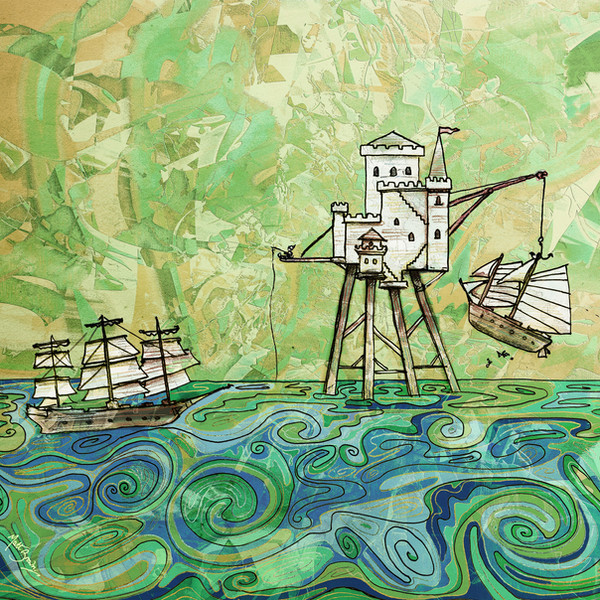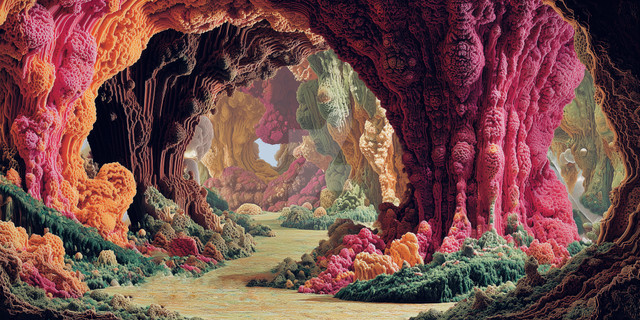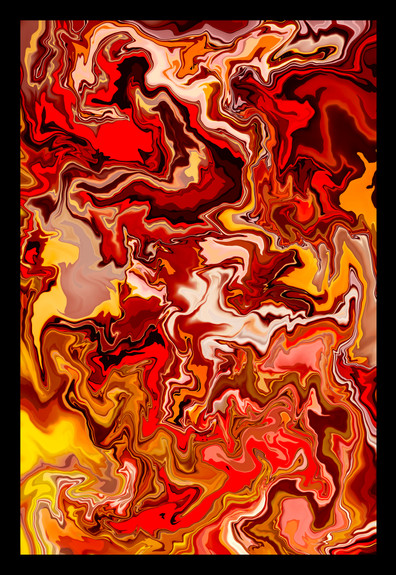HOME | DD
 matt-brown — Riddle at the Old Temple
matt-brown — Riddle at the Old Temple

Published: 2008-11-17 10:42:19 +0000 UTC; Views: 7536; Favourites: 82; Downloads: 149
Redirect to original
Description
-A quick note: FREE canvas prints available at my website...
About:
The young monk ponders upon a Buddhist riddle – or công án – as he crouches next to the ruined temple.
In Vietnamese Buddhism, a công án is a statement intended to baffle rational thought, or defy logic. For example "Two hands clap and there is a sound; what is the sound of one hand?".
It is his hope that if he meditates upon these questions long enough, the monk may reach a special state of awareness that lies beyond reason. A state of insight, or awakening.
So, in search of enlightenment, he has decided to climb high into the dense, mountainous forests to seek out one of the many crumbling temples lying scattered across the region. Here, it is deathly quite. Not a bird nor insect calls. Beside the stone ledge, there is a pool so black and so still, he wonders whether it isn't made of water but rather of nothingness. After dropping a stone and watching it fade away into apparent non-existence, he decides it must be the latter.
What will be the fate of the temple, thinks the monk. Will it be swallowed by the forest, or dissolved by the pool? And how many more centuries will this tug of war take? He grabs a stick.
Far above, in the forest canopy, the sunlight fights to get in. Here and there, it succeeds, and hazy shafts illuminate the moss-encrusted slabs of stone. There are no hard edges here any more. Just echoes of carvings, and whispers of steps. Whomever made them has long since surrendered the battle and slipped away into the dark distance.
Somewhere behind the monk, the silence is finally broken with the sound of crashing foliage and snapping branches. A tree has fallen. The ripple of leaves that follows sounds like a sigh of relief.
"When a tree falls in a lonely forest, and no animal or human is there to hear it, does it make a sound?" The monk pokes the stick into the shaft of light and thinks upon this công án…
***
This was the moment I was picturing as "Riddle at the Old Temple" began to take shape. It has particular significance to me because of the way I now create my pictures, and the principle I now work by. Which is as follows:
By inserting a single, identifiable object into my image, the eye is encouraged to see an otherwise abstract picture as a figurative one.
In the past, my works were entirely abstract. I liked how one day a picture could evoke leaves on a pond, and on another I'd see it as a group of planets in space. But lately, I thought it'd be fun to take this idea of seeing patterns in abstraction one step further, by giving my abstract pictures a definite frame of reference – a figurative anchor. And by doing so I've discovered a new world of creative fun.
I often compare my technique to playing jazz. I take an idea and riff on it. I improvise. Where once, I would improvise upon just form and structure, now I begin to develop a theme and a melody too. Once it was free-form and ambiguous with no particular destination. Now there's a centre of gravity around which my improvisations revolve. A context. You could say I start with a noise and end with a melody.
Once the melody is there, I'll start to light the shapes in a particular way, and colour them correctly. I'll give the piece a sense of depth. I'll bring out the details that need focus, and let others fade into the background. But at this point, the elements, the shapes, the forms are still abstract.
By the time the identifiable figure or object is finally placed into the scene, he/she (or it) has already been sitting in position for some time – in my mind's eye at least.
Depending upon what things may have been floating around in my subconscious, there's a case for arguing that the monk was there from the very beginning, helping to shape the picture. Perhaps…
There's a Japanese Zen word mu, which means "negative" or "null" or "no thing". It means neither yes nor no, and at the same time both yes and no. It is often used to answer công án questions that seem to defy a straightforward answer, such as: "is this an abstract picture?"
I haven't solved this puzzle yet. Maybe it is, maybe it isn't. Perhaps the picture ceased to be abstract the moment the monk entered the scene. Which leads me to the central riddle of this picture:
Though it is ruined and ancient, did the temple exist before the young monk? The answer - Mu.
Related content
Comments: 4

i like a lot the "impressionist" way that you painted nature here, very intuitive and natural. it is not a painture, but not either an illustration...
👍: 0 ⏩: 0




























